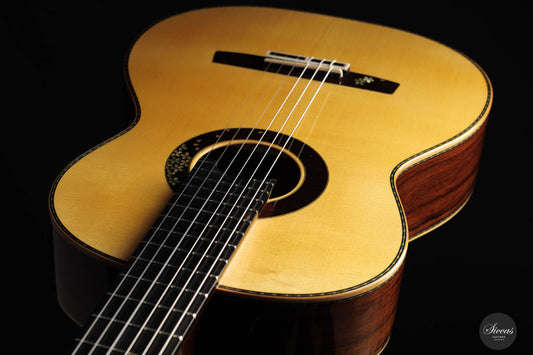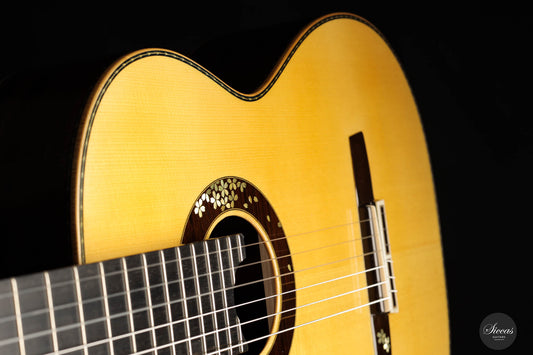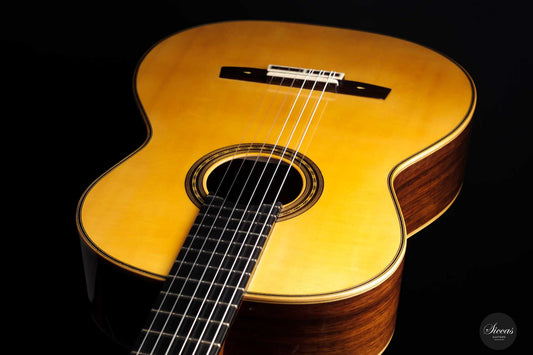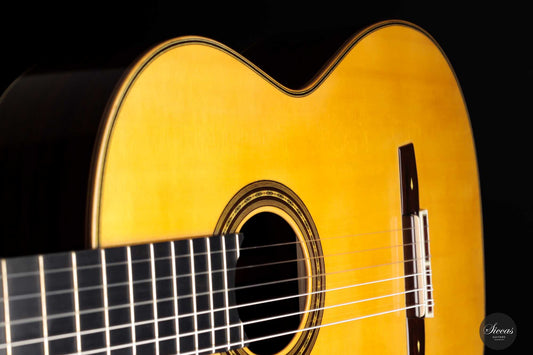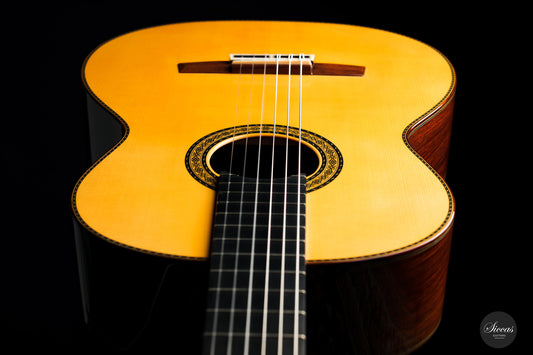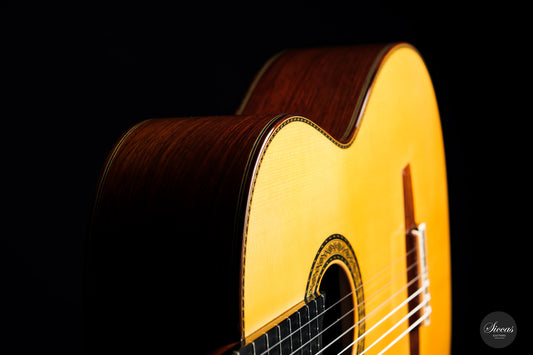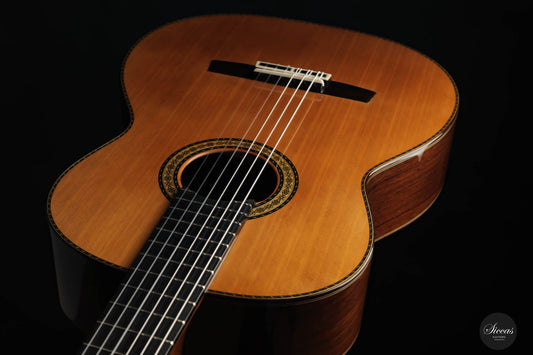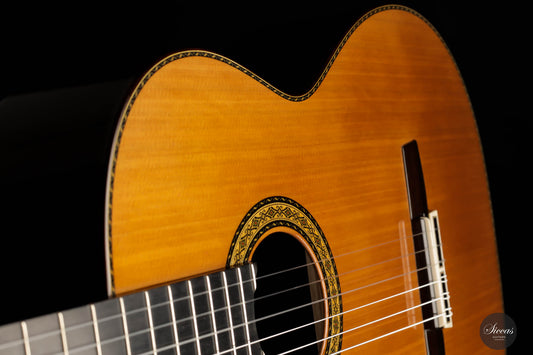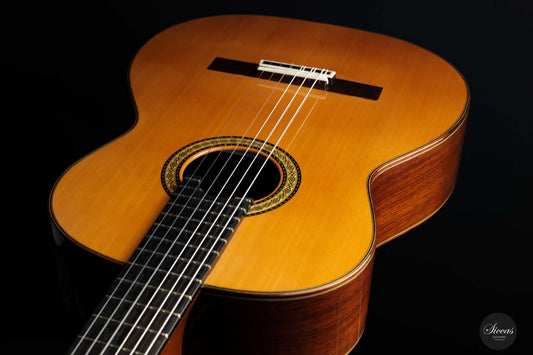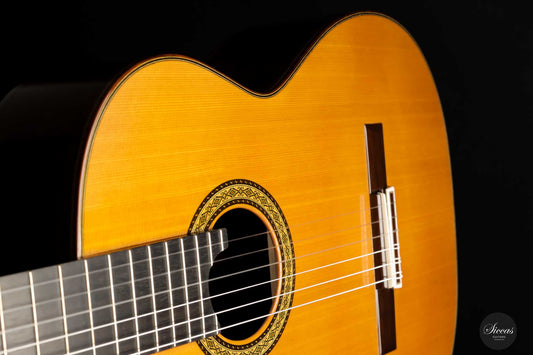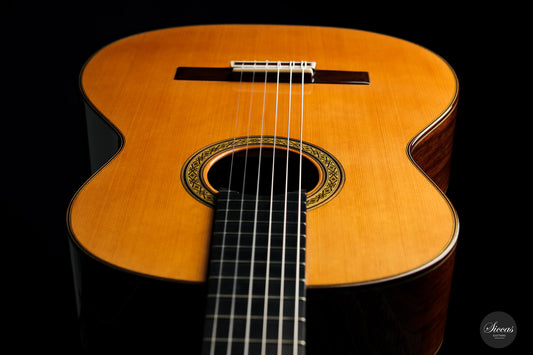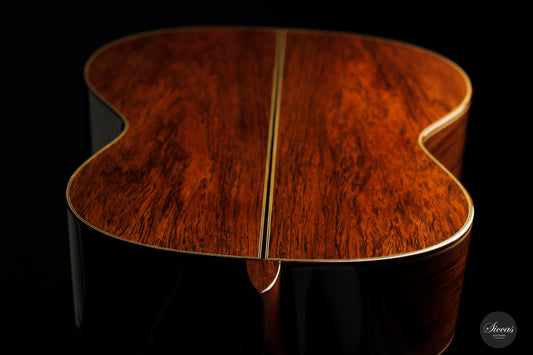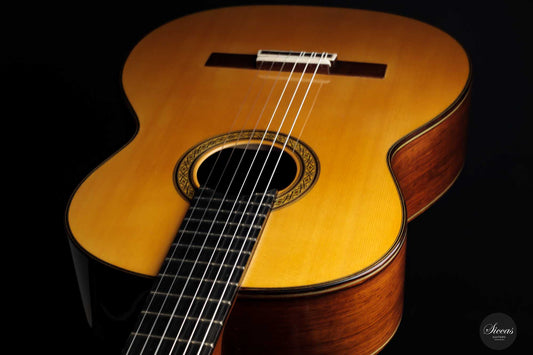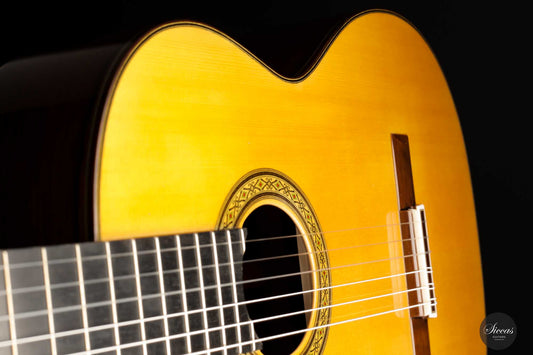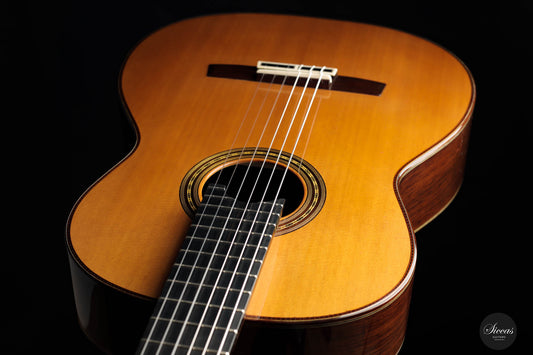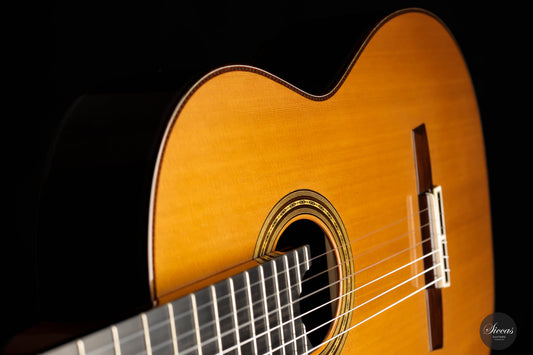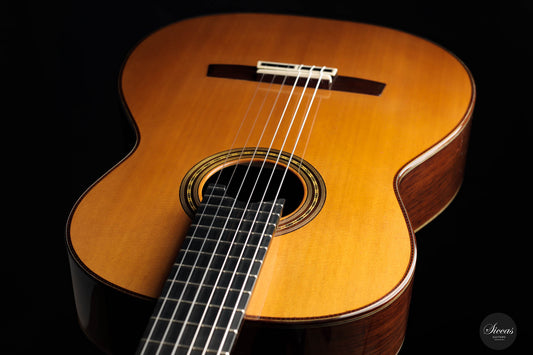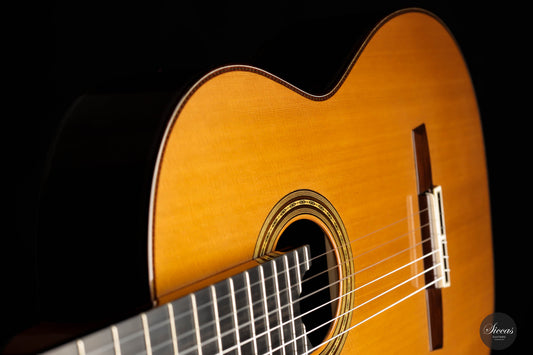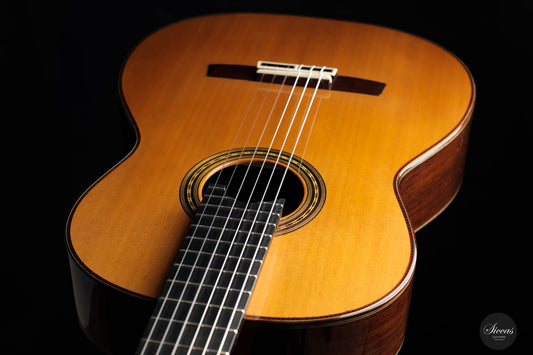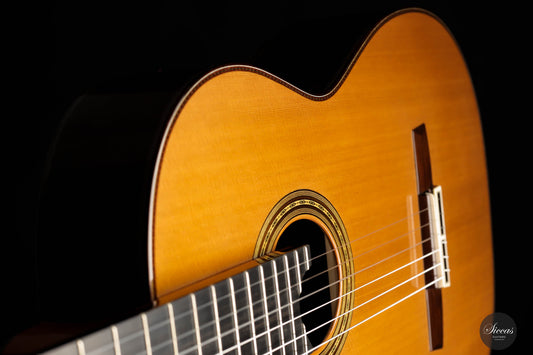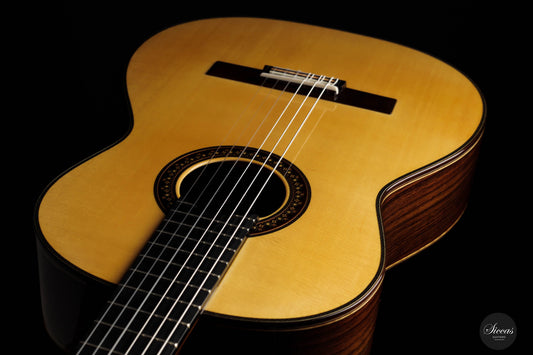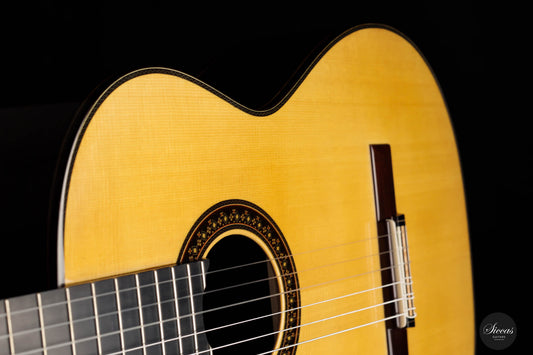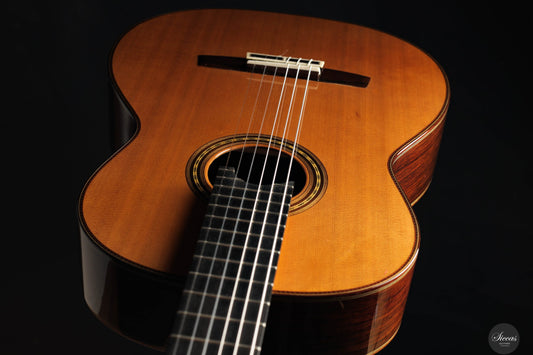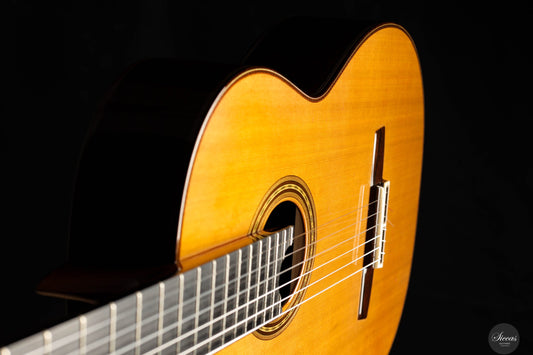Sakurai Kohno
-
Luthier: Sakurai KohnoConstruction Type: Short Scale
-
Luthier: Sakurai Kohno
-
Luthier: Sakurai KohnoConstruction Type: Short Scale
-
Luthier: Sakurai KohnoConstruction Type: Short Scale
-
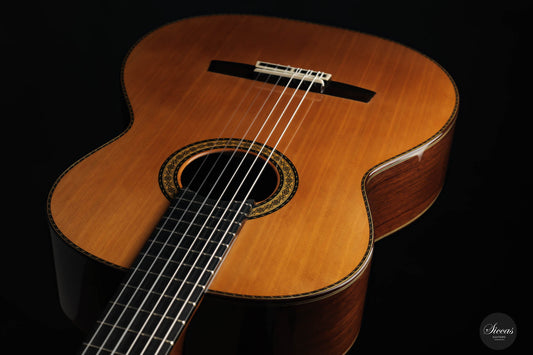
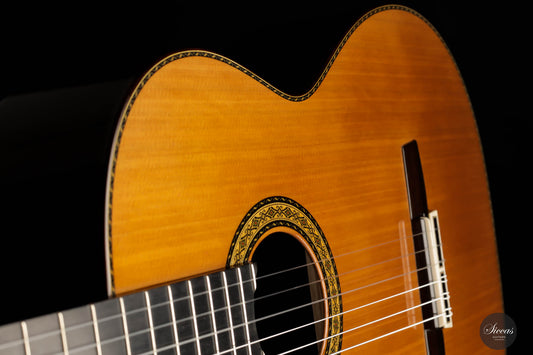 Sold outSold outLuthier: Sakurai Kohno
Sold outSold outLuthier: Sakurai Kohno -
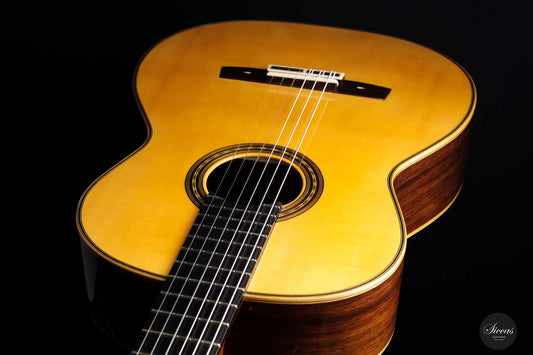
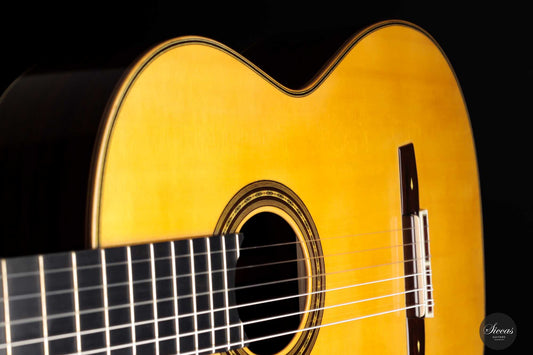 Sold outSold outLuthier: Sakurai Kohno
Sold outSold outLuthier: Sakurai Kohno -
Luthier: Sakurai Kohno
-
Luthier: Sakurai KohnoConstruction Type: Short Scale
-
Luthier: Sakurai Kohno
-
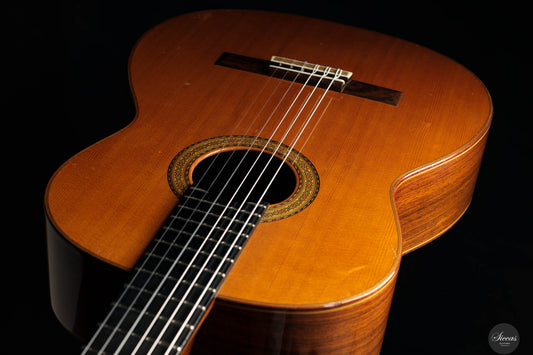
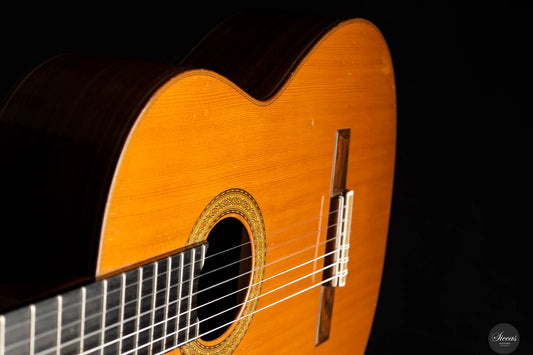 Sold outSold outLuthier: Sakurai Kohno
Sold outSold outLuthier: Sakurai Kohno -
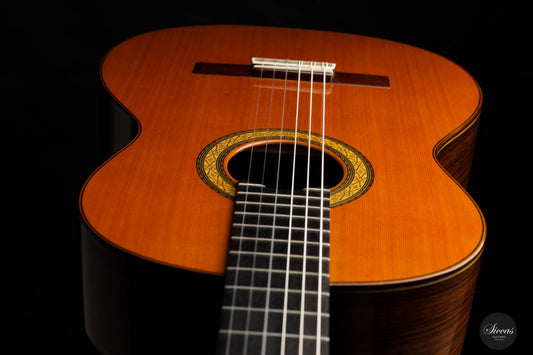
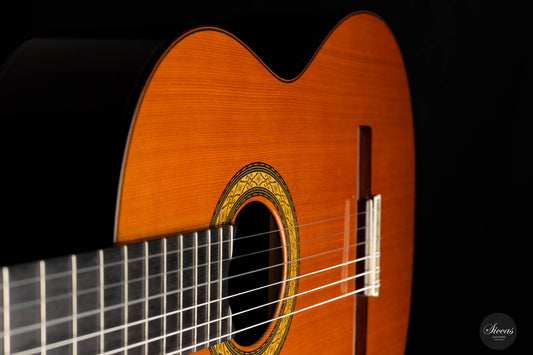 Sold outSold outLuthier: Sakurai Kohno
Sold outSold outLuthier: Sakurai Kohno -
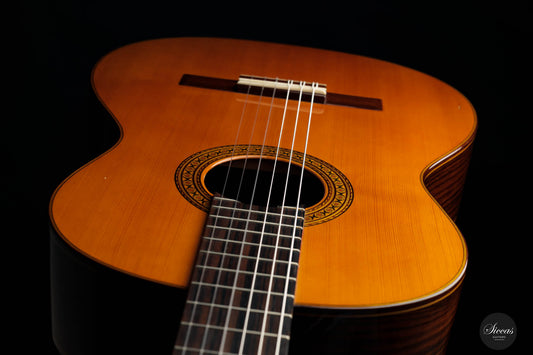
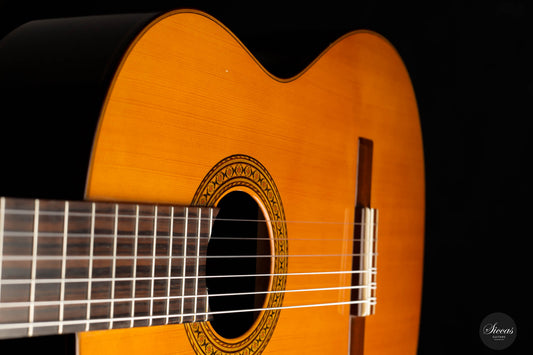 Sold outSold outLuthier: Sakurai Kohno
Sold outSold outLuthier: Sakurai Kohno -
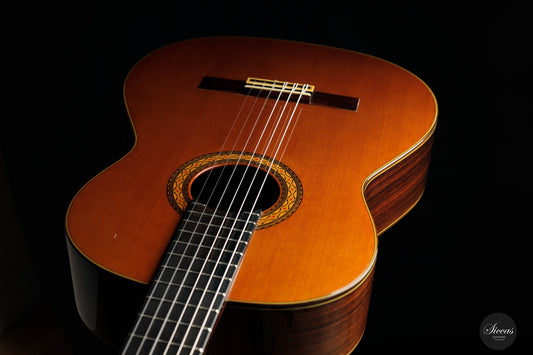
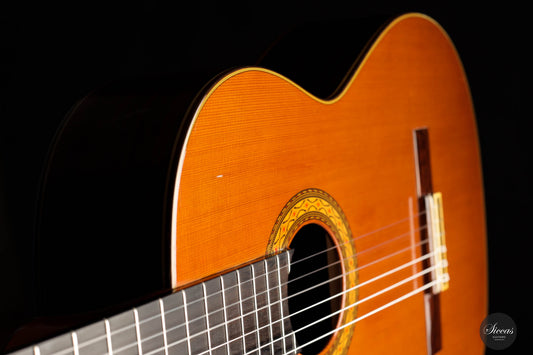 Sold outSold outLuthier: Sakurai Kohno
Sold outSold outLuthier: Sakurai Kohno -
Luthier: Sakurai Kohno
-
Luthier: Sakurai KohnoConstruction Type: Short Scale
-
Luthier: Sakurai KohnoConstruction Type: Short Scale
-
Luthier: Sakurai KohnoConstruction Type: Short Scale
-
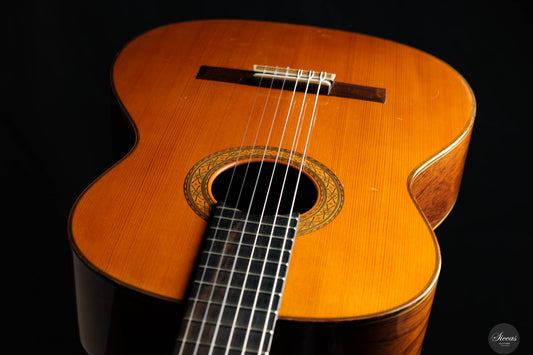
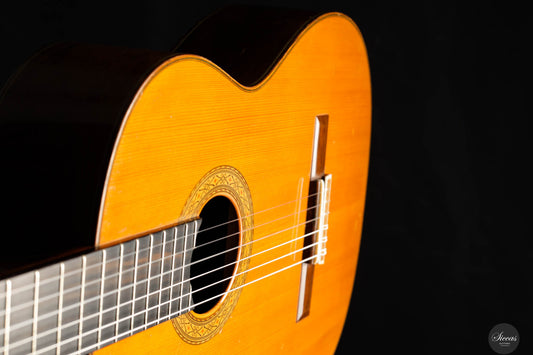 Sold outSold outLuthier: Sakurai Kohno
Sold outSold outLuthier: Sakurai Kohno -
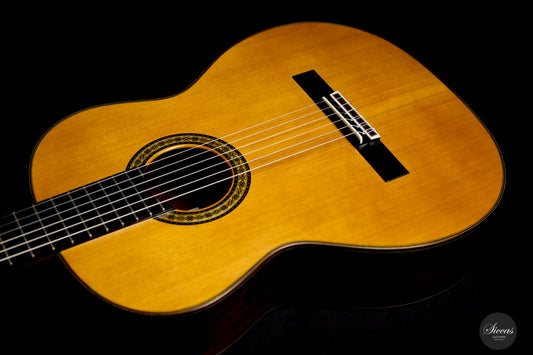
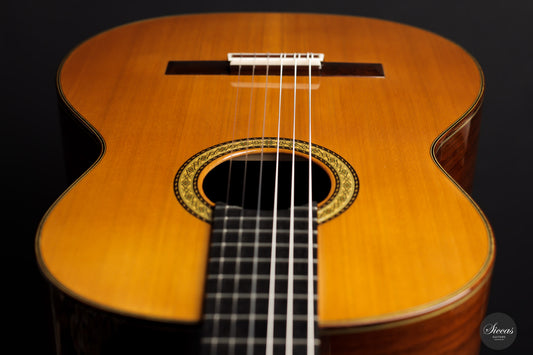 Sold outSold outLuthier: Sakurai Kohno
Sold outSold outLuthier: Sakurai Kohno -
Luthier: Sakurai Kohno
You May Also be Interested to Learn More About Our Museum
Masaru Kohno – Guitar Maker
Foundations and Early Development
Masaru Kohno, who was already regarded as Japan's finest guitar maker, studied under Fleta in Barcelona. Upon his return to Tokyo in 1960, he dispelled the Western stereotype of Japanese production by showing no inclination to merely produce polite imitations of Spanish guitars. Instead, he challenged the existing guitar makers' dominance in the market.
Innovations and Recognition
He developed his own "Torres" model with a comfortable neck for hands smaller and less powerful than Segovia's, along with a strong voice featuring brilliant highs and clear bass. Soon, his guitars won the prestigious Queen Elizabeth Prize for their sound. By the late 1960s, Kohno's guitars had not only gained a worldwide reputation for consistent high quality at affordable prices, but also garnered global demand for far more guitars than he could ever produce himself.
Workshop and Expansion
With the support of his nephew (Sakurai), he responded with a modern workshop, offering a Ramirez alternative in terms of quality to the world for the next two decades. Kohno's market share grew until the mid-1980s when a general decline in guitar sales, following a continuous 30-year market expansion, limited the growth of both Kohno and most other competing guitar makers.
Legacy and Influence
Similar to Madrid, where many craftsmen originated from the Ramirez workshops, many of the best independent guitar makers that emerged in the 1970s in Tokyo were former Kohno employees. Masaru Kohno (1926–1998) is not only Japan's most significant guitar maker but also one of the best worldwide.
Background and European Apprenticeship
He was born in Mito City, Japan, and graduated from the Tokyo School of Arts and Crafts in 1948 with a degree in woodworking. It was during this time that he became interested in guitar making, and in 1959, he traveled to Spain to learn the craft.
Time with Arcangel Fernandez
Kohno spent six months apprenticing in the workshop of Arcangel Fernandez. Even though neither spoke a word of each other's language, they managed to communicate. Kohno's apprenticeship mainly involved sitting in the back of the shop, silently but attentively observing Master Fernandez at work.
Recognition and International Impact
Kohno's quiet learning paid off. After returning to Tokyo, he established his own workshop and quickly gained recognition among Japanese guitarists. His international debut came in 1967 when he was awarded the gold medal at the International Guitar Building Competition Elizabeth Concourse in Belgium. The jury included Ignacio Fleta, Robert Bouchet, Joaquin Rodrigo, and Alirio Diaz.
Artists Who Played Kohno Guitars
Since then, many world-renowned players have played Kohno guitars, including Julian Bream, Oscar Gighlia, and Sharon Isbin, to name just a few.


